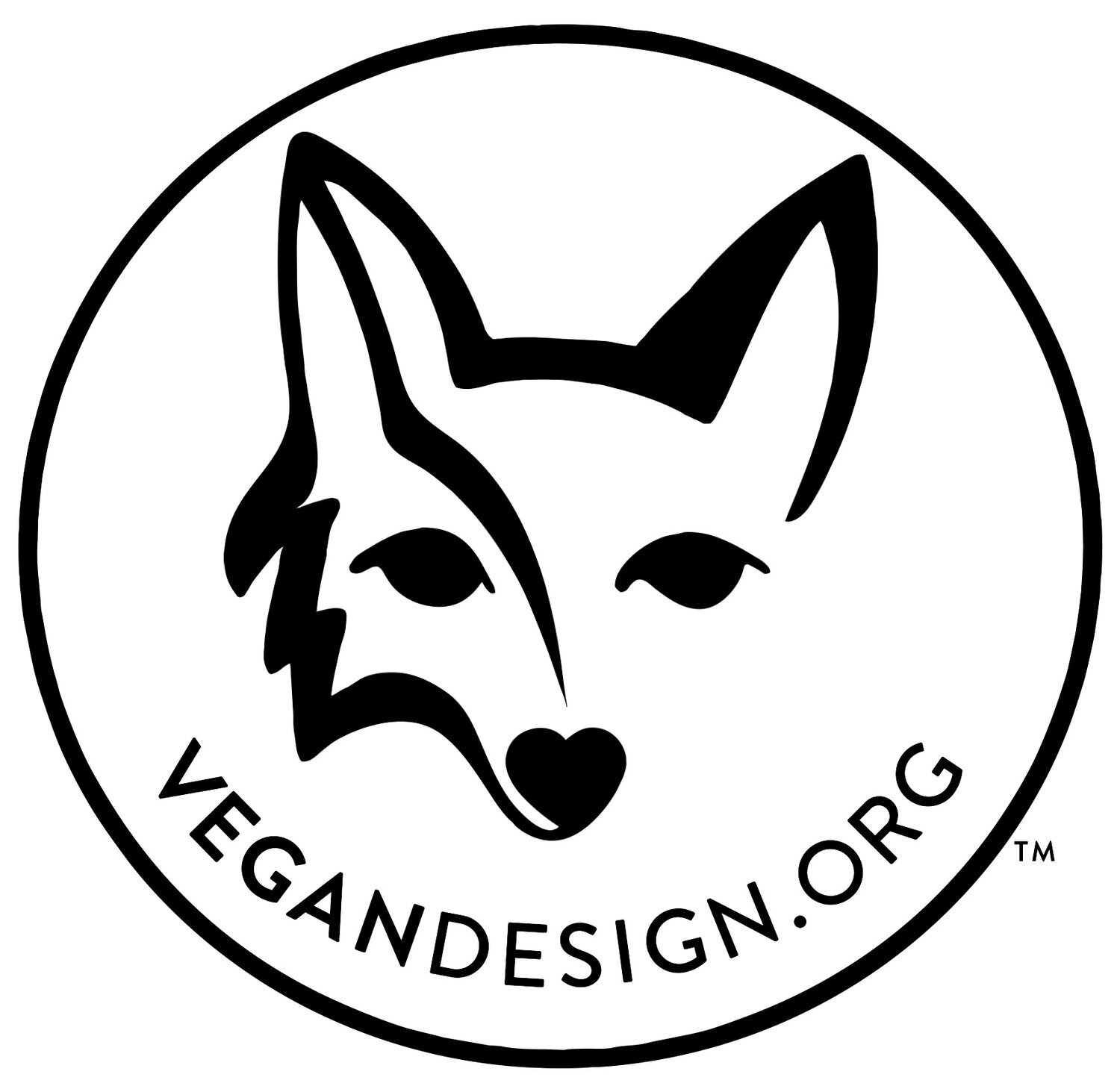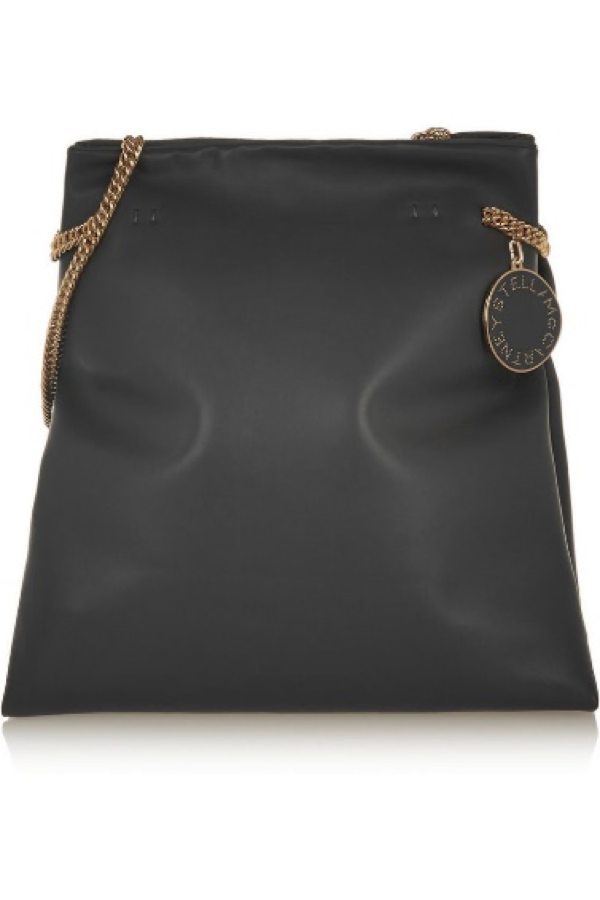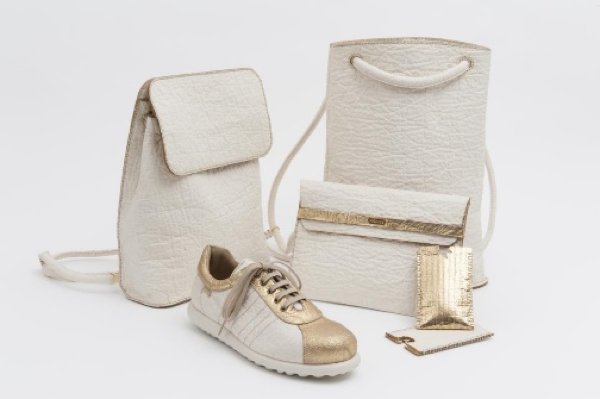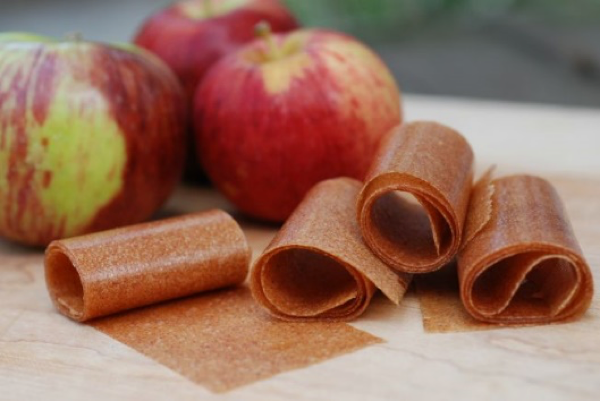Bentley Goes Vegan and Leather Alternatives 101
As Featured on PETAPrime.com
What do the top car manufacturer Bentley and top celebrities like Beyoncé or Ellen DeGeneres have in common? THEY ARE ALL VEGAN.
That’s right! The UK-based company founded in 1919 is one of the most expensive car brands worldwide, with models retailing for a minimum of $180,000 – if you don’t opt for interior and technical customizations that is. And now, it is catering to appeal to upmarket owners demanding ethical options and their vegan customers by exploring innovative custom-made non-animal materials for its interiors.
Bentley Interiors: 3,000 bull-hides pass through its Crew Factory each week
Vegan options could be sold through Mulliner
“You can’t sell an animal-containing product like a Bentley, with 20 leather hides, to someone with a vegan lifestyle,” Bentley’s Director of Design Stefan Sielaff said at the Future of the Car Summit in London, according to Auto Express. “We will shortly present a Bentley with a vegan interior; it’ll give you a luxury sensation but with a different way – protein leather, mushroom leather, jellyfish material,” he added.
However, this is not the first time the car industry is offering such an option – Bentley itself already offers customization through its Mulliner division.
Protein leather, or ‘pleather’, is already used for upholstery in less expensive brands. Synthetic leather was used by the US electric car manufacturer Tesla – who earned the PETA seal of approval with its first vegan interior – and several German car giants also offer similar options. Jaguar Land Rover revealed its new Range Rover Velar comes with a “vegetarian option” – with seat coverings made from recycled plastic bottles to replace luxury leather seats.
Range Rover Velar Recycled Plastic Seat Covering
What makes Bentley stand out, however, is that they are not only looking into protein leather, but also mushroom leather and jellyfish material – the latter, however, is not a vegan friendly option.
Are you already facing difficulties keeping track of all these new leather alternatives? We feel ya. What started as a ‘fad’ and became a movement, is now transitioning into a widely accepted and catered to lifestyle – so we prepared a guide for you about what's brewing in the market for compassionate vegan customers, who are, as Sielaff describes, “the peak of a trend.”
LEATHER AND FASHION. THE FACTS.
Pleather
Often used as an inexpensive substitute for leather, it is made from oil in the form of plastic – either PVC or polyurethane – Pleather is simply a slang term for “plastic leather", made by bonding the plastic to a fabric backing. Artificial leather is a fabric or finishes intended to substitute for leather in fields such as upholstery, clothing, fabrics, and other uses where a leather-like finish is required but the actual material is cost-prohibitive, unsuitable, or unusable for ethical reasons.
Petroleum-based synthetics aren’t good for the environment or the people who make them, and just don’t look the same.
Leatherette
The very first headphone with actual eggshell protein leather was the Fostex TH900
"Protein leather,” made with a special type of resin as well as egg shell protein, is a synthetic leather and is more commonly known as “leatherette.” Some like to call it "pleather". However, it’s NOT the same as pleather. Although, some manufacturers and many distributors have started mislabeling their products due to the confusion that arose via misinformed individuals.
The benefits of protein-leather to animal hides are an allegedly longer lifespan, a better temperature comfort, less humidity in transporting and clearly to save animals.
Mushroom Leather
From an environmental perspective, cows are costly to feed and raise, tanning their hides is toxic, and their slaughter is cruel and inhumane. Yet many consumers are brainwashed to believe animal hides are more luxurious to the touch, have stronger durability, and viscerally respond positively to the scent of the leather interior of a new car.
To tackle this challenge, companies like Modern Meadow have attempted to grow leather directly from skin cells. Others have sought replacements with synthetics. But fungi?!
The mushroom is already a multi-purpose organism: Aside from its ecological functions, it can be eaten as nourishment, brewed as tea, taken as a naturopathic remedy, and used in dyes. But recent innovations have even more plans for the fungi – starting with a leather-like material! It is reportedly soft and possessed of anti-bacterial qualities, and is only, at this time, being produced by several start-ups. Here are two of its kind:
Phellinus ellipsoideus – which is from the same family as the largest recorded mushroom in the world – is being used by a company called Muskin in making 100% vegetal leather extracted from mushroom caps. The mushroom is gathered and treated much like leather, but without the use of chemicals, making it 100% natural. Samples are currently sold by Life Materials in three variable sizes (just like traditional leather!)
MuSkin - mushroom leather
Muskin resembles suede but is “much softer,” according to the Italy-based textile manufacturer. It is breathable, pliable, naturally water-repellant, and suitable for direct contact with human skin.
It is similar to, but not to be confused with Myx by Jonas Edvard – a Danish-made textile made by fusing commercial mushroom production waste with hemp or linen fibers to create a durable yet flexible matrix.
Life Materials also produces Nettle, a naturally insulating yarn; Cypress, a naturally antibacterial, anti-mold, relaxing, and deodorizing yarn; and Fiore, a goose down alternative which is not yet available.
Mycellium Based Leather – San Francisco start-up Myco Works uses key ingredient mycelium, the microscopic, root-like threads of a mushroom that latch onto and colonize different substrates. The natural fiber can be grown and manipulated into myriad textures and shapes, according to Phil Ross, the chief technical officer at MycoWorks.
Mycoworks mycelium leather
“Fungi are very sensitive; they will change their growth in relationship to how they’re being poked and things like that,” Ross says. “You put it in a cup, it would take the shape of a cup.” He found that, with enough prodding, he could coax it to grow into different formations, and that by adding organic chemicals at different stages of the growing process, he could change the look and feel of the resulting material. Working with mycelium is “like learning a cooking technique,” he says.
MycoWorks’ mushroom leather comes in different colors and textures
To transform the mycelium into the leather-like material, Ross’s team uses a process they’ve refined over time, which they can tweak depending on a customer’s specifications. They can alter the nutrition of the mushroom at different phases of its life cycle, adjust temperature, light, humidity and gas levels in the mushroom’s environment, or apply essential oils or other organic methods to change how the tissue develops.
Mycoworks' first mycelium wallet
“It has a plasticity that you can’t have with animal hide,” Ross says. But there are still questions to answer - testing durability (they are researching about preserving oils and other agents used in traditional leatherworking), and how to scale up production. Ross says they can produce a slab of mycelium that’s 27 square feet — comparable to a full-size cowhide — in two weeks. They hope to get the process down to about a week, and eventually ramp up production so that they can efficiently produce millions of square feet each year.
Fruit Leather
Vegetables have been used to make leather in the past – take Stella McCartney for example. One of her bag collections is made from Eco Alter Nappa, an innovative material with a coating created from over 50% vegetable oil, a renewable natural resource. But recent advancement has been made to make leather with fruits. Our verdict? Fruit leather doesn’t just taste good. Check them out for yourself:
Pineapples
Piñatex, a non-woven textile made from the fibers of pineapple leaves – which have proven to be a durable alternative leather product – is a sustainable byproduct of the pineapple harvest. While consulting in the Philippines, the founder of Ananas Anam learned how strong pineapple leaf fibers are and came up with the idea to turn them into a leather-like fabric. Puma and Camper have already developed pineapple leather shoe prototypes.
APPLES
A Rotterdam-based collective of designers fed up with food waste came up with a solution for this social issue: Turn the outrageous amount of rotten or unsellable produce that winds up in the trash weekly into Original Rotterdam FruitLeather. It’s basically like a thick fruit roll-up. They use kitchen techniques to mash, cook, and dry the less-than-perfect produce. They’re currently fast at work bettering the “candy-like” leather. The project is more about creating awareness about repurposing waste (a whopping 46% of the produce meant for the consumer goes to waste) than mass-producing cute bags—for now.
Excited for these to hit the mainstream market? So are we!
Dear leather – We will soon be able to bid you goodbye, and still be able to drive in and wear a luxurious look alike– without worrying about unethical practices and environmental degradation. Win-Win!
Fashion designer, Stella McCartney, talks about bringing social responsibility into fashion.
Deborah Rosenberg is the founder of VeganDesign.org, an accredited online educational course geared for students, designers, retailers, manufacturers & companies in the design and textiles industries seeking to gain knowledge in vegan design & strengthen professional credibility & distinction.
Contact: hello@vegandesign.org
Join my Facebook Community “Design for a Non-Toxic & Cruelty-Free Home.
Wish to receive more articles like this? Subscribe to my newsletter.
Check out our non-toxic and cruelty-free Amazon shop.
Learn how to design spaces that are non-toxic, non-animal based (vegan), and promote wellbeing,
by subscribing to our Youtube Channel.
🌸 IN CASE YOU MISSED IT 🌸
Need even more health-friendly home design tips? Check out our FREE Vegan Design Tips Sheet
Learn even more about paint HERE from a Certified Building Biologist
Have you taken our newest course?! Learn more about the Online Nursery & Kids Room Design Course HERE
Need help finding vegan-friendly & low toxin furniture & decor shops? Check out our Resource Guide (includes over 150 brands)!
Need help creating a safe & healthy home for you & your family? BOOK US for a 20-minute call!
Sources:
Mushroom & jellyfish leather interior: Bentley eyes producing Vegan-friendly cars
VEGE-CAR-IAN Mushroom leather and jellyfish dashboards could be the vegan future of cars, says Bentley
What is protein leather/protein leatherette?
A start-up is imagining how mushrooms may be turned into leather
Where to Get Muskin (Mushroom Leather)












